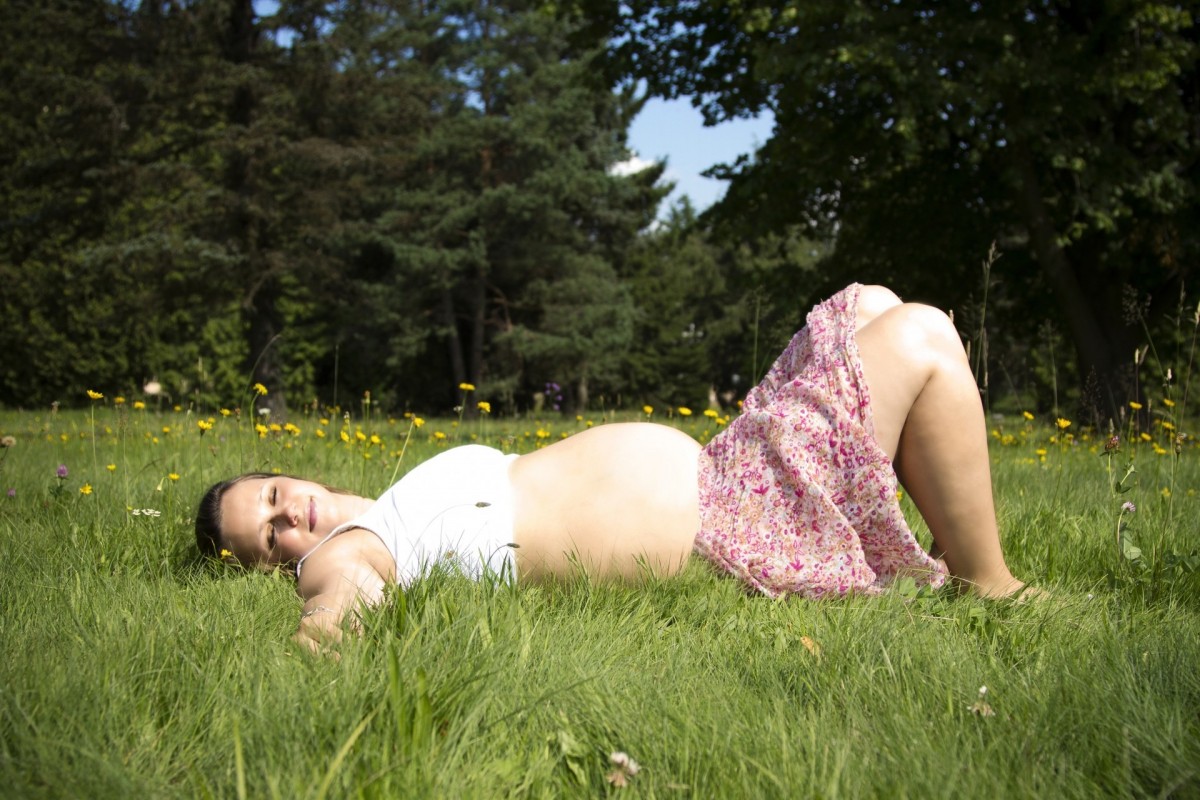Rural maternity services are suffering a “death by a thousand cuts”, putting the safety of women and babies at risk, the RDAA warns
Rural doctors are demanding a coordinated national solution to stop shutdowns of birthing units around the country by cash-conscious local health jurisdictions.
The Rural Doctors Association of Australia (RDAA) this week tossed the ball to the Council of Australian Governments (COAG) health ministers, urging them to make rural hospital funding – and maternity units – a standing item on their agenda.
RDAA President Dr Adam Coltzau said the closures not only posed a risk to the safety of women and babies, but undermined the federal government’s new strategy to resurrect a workforce of multi-skilled rural generalist doctors to work in rural and remote Australia.
“The new rural generalists need somewhere to train and somewhere to work after they are fully qualified,” he said.
A recent furore over proposed cuts to maternity services in Queensland had sparked an outpouring of concern among doctors in other states, Dr Coltzau told The Medical Republic.
“Anecdotally, doctors around the country say things like, we’re only one midwife away from closing. Doctors say they don’t know if they can get a locum the next time they go away. There’s a constant sense that these units are under threat.”
Rural maternity services had suffered a “death by a thousand cuts” at the hands of state governments since the 1980s,” Dr Coltzau said.
“This is despite repeated research clearly showing that, for low-risk births, small rural maternity units make for very safe birthing outcomes in the bush, and that risks increase for mothers and babies when these units are closed.”
Many rural maternity units had been closed prematurely on the basis of a shortage of local doctors or midwives, when giving the unit time to recruit new permanent team members, or implementing a different model of care, would be the better option.
“Closing a rural maternity unit can often lead to the deskilling or loss from the community of existing doctors or nursing staff who have been working in the maternity unit. This often leads to other services at the local hospital, like surgical services, closing as well.”
The RDAA says the federal and state governments need to acknowledge the safety risks inherent in closing rural maternity units, and how best these services can be funded in order to remain open.
Earlier this month, Queensland Health Minister Steven Miles convened a summit meeting of experts to discuss the issue, responding to public concern over revelations of a sharply higher mortality rate among babies in Queensland areas that lacked maternity services.
Local media reported that 23.3 babies in 1000 were dying in those areas, compared with 6.1 per 1000 in rural towns with services, linking the outcome to the closure of some 40 rural and regional obstetric units in the state over the years.
South Australian GP Peter Rischbieth said the loss of maternity units had a “huge domino effect” on healthcare in rural and regional areas.
“If you lose your maternity unit, you lose your anaesthetist, the theatre staff, the midwives. You get deskilled,” he said.
Women not only needed delivery services, but pre and post-natal care, and they would need to travel further for those services or do without, he said.
Rural hospitals that were closed “would almost never reopen”, he said.
The RDAA is urging doctors to contribute to the federal government’s consultation on forming a National Strategic Approach to Maternity Services (NSAMS).
It is calling for a better federal-state funding model to ensure existing services stay open and to restore those that have been mothballed.
COAG needs to consider adopting a “safety net” funding support pool to assist rural birthing units at impending risk of closure and to modernise infrastructure at some units, the association says.
ACRRM President Dr Ruth Stewart, a GP obstetrician, practises on Thursday Island in the Torres Strait where there are only 200 births a year.
She said the obstetric service was viable because it was run by a generalist workforce with a variety of skills.
“It’s also about continuity of care,” she said. “Some women will refuse to travel for ante-natal care.”
On the bright side, Dr Stewart said three birthing units had been reopened recently in Queensland as the state led the way in graduating GPs with generalist qualifications including obstetrics.


